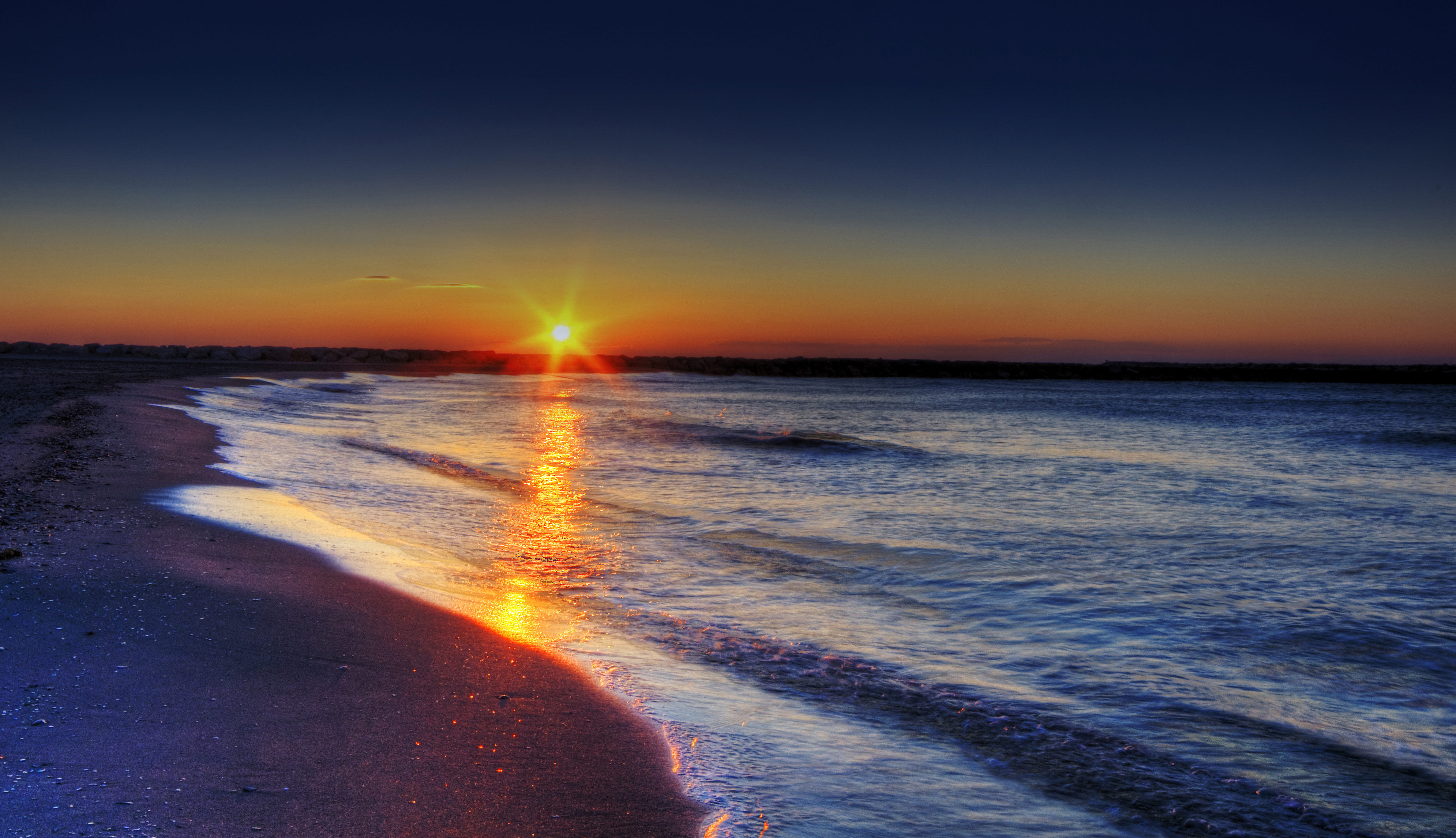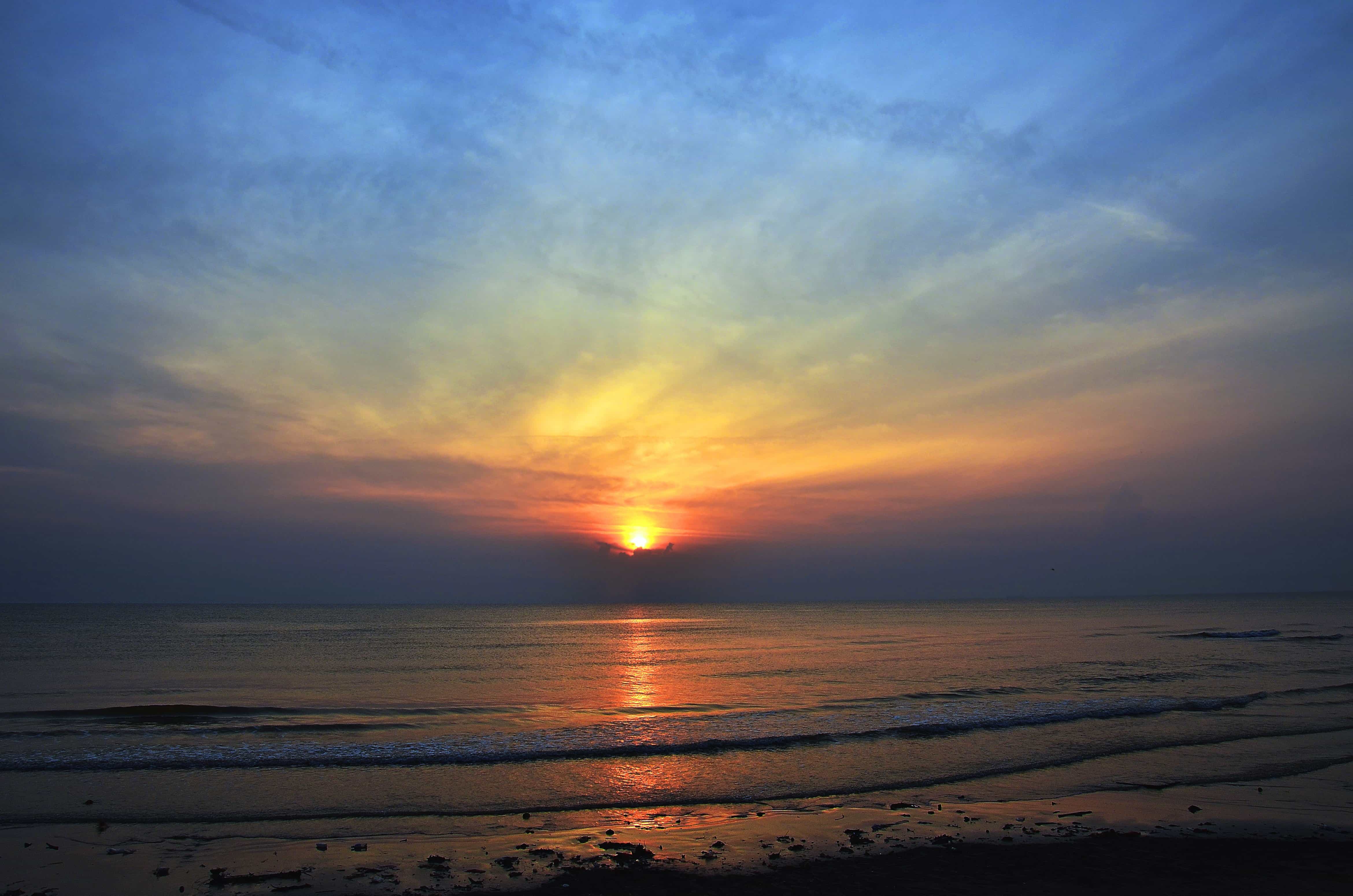Sunrise Bouldering - Early Morning Rock Climbing
There's something truly special about being out before most of the world even stirs, especially when you're looking to grab some holds on a rock face. Imagine a quiet morning, the air still cool and crisp, with the first light of day just beginning to paint the sky in gentle colors. This peaceful time, you know, offers a unique kind of experience for anyone who enjoys moving on stone, a feeling quite unlike any other part of the day. It is, in a way, about catching those precious moments when the world feels fresh and new, just for you.
That feeling of fresh air, the quiet calm, and the chance to challenge yourself as the sun begins its slow ascent can make for a pretty memorable start to any day. It's more than just getting an early start; it's about connecting with the natural world in a very personal way, seeing your favorite climbing spots in a whole new glow. For many, this early morning ritual becomes a cherished part of their routine, offering a peaceful solitude that's hard to find later in the day, so it's almost like a secret club.
Getting out there when the sun makes its first appearance does take a bit of planning, though. You really want to know exactly when that light will hit, when the sky will start to brighten, and when the best window for your climb will open. This is where having some smart information about the sun's schedule can be super helpful, giving you the details you need to make sure your early morning rock adventure goes just right. It's about being prepared, you know, for that perfect moment.
Table of Contents
- What Makes Sunrise Bouldering So Appealing?
- The Quiet Beauty of Sunrise Bouldering
- How Can You Pinpoint the Perfect Time for Sunrise Bouldering?
- Getting the Scoop on Local Sunrise Bouldering Times
- What Solar Details Matter for Sunrise Bouldering?
- Planning Your Day Length for Sunrise Bouldering
- Where Can You Find These Sunrise Bouldering Timings?
- Checking Specific Places for Sunrise Bouldering
What Makes Sunrise Bouldering So Appealing?
There are quite a few reasons why people enjoy getting up before the roosters to go rock climbing. One big thing is the temperature; the air is just cooler in the early hours, which can be a real blessing when you're exerting yourself. Hot weather can make holding onto rocks a bit more difficult, so that crisp morning air can make a big difference in how well you perform and how comfortable you feel. It's honestly a much more pleasant experience when you're not sweating buckets just trying to get a good grip, you know.
Then there's the peace and quiet. Most places are still asleep when the sun is just starting to peek over the horizon. This means fewer people around, less noise, and a generally more calm environment. For many who go rock climbing, this solitude is a huge draw. It allows for a deeper connection with the outdoor surroundings and a more focused session without distractions. It's pretty much just you, the rock, and the emerging day, which is a very special kind of feeling, honestly.
The Quiet Beauty of Sunrise Bouldering
The light itself is another major draw for sunrise bouldering. That soft, golden glow that spreads across the landscape as the sun comes up is truly something to behold. It casts long shadows, highlights the textures of the rock in a way that midday sun just doesn't, and creates a really beautiful backdrop for your activity. This kind of light can also be a bit gentler on the eyes than the bright, harsh glare of the midday sun, making it easier to spot holds and features on the rock face. It's like the world is putting on a show just for you, which is kind of cool, in a way.
And, of course, there's the feeling of accomplishment. Starting your day with such a physical and mentally engaging activity can set a really positive tone for everything else that follows. You've already done something amazing before most people have even had their first cup of coffee. This sense of having seized the day, you know, can carry through for hours afterward, making you feel energized and ready for whatever comes next. It’s a pretty powerful way to kick things off, definitely.
How Can You Pinpoint the Perfect Time for Sunrise Bouldering?
Knowing exactly when the sun will make its grand entrance is key to making the most of your early morning rock climbing. It's not just about when the sun pops up, but also about when the sky starts to get light enough to see what you're doing, and when that soft, golden hour light begins. This is where some good information about the sun's daily schedule comes in handy. You want to be there right as the conditions become just right, you know, not too early, not too late.
There are actually specific moments in the morning that are helpful to keep track of. There's what people call "dawn," which is when the first hint of light appears, even before the sun itself is visible. Then there's "civil twilight," which is when there's enough natural light for outdoor activities without needing artificial light. And, naturally, there's the actual "sunrise" moment. For early morning rock climbing, understanding these different stages of morning light can help you plan your arrival at the climbing spot with real precision, so you can make the most of it.
Getting the Scoop on Local Sunrise Bouldering Times
For example, if you're thinking about an early morning rock climbing session in a spot like White Bear Lake, Minnesota, you'd want to know exactly when the sun will appear and how long the day will be. Knowing the exact minute the sun shows up, and also when the sky begins to lighten, can help you decide when to set your alarm. This kind of specific, local information is really important for planning your time effectively, especially if you have a certain amount of time you want to spend on the rocks before other commitments, or before the heat picks up. You can find out the sun's schedule for every day of the year, which is quite helpful, you know, for consistent planning.
It's also pretty useful to know when the sun will be at its highest point in the sky, often called "solar noon." While this isn't directly about the morning light, it gives you a sense of the sun's path and how quickly the light will change from that soft morning glow to brighter, more direct rays. This sort of detail, you know, helps you picture the whole day's light progression, which can influence how long you decide to stay out for your sunrise bouldering session. It's all about making informed choices for your outdoor time.
What Solar Details Matter for Sunrise Bouldering?
When you're trying to figure out the best time for your early morning rock climbing, there are a few key pieces of information about the sun's daily schedule that are really quite useful. It's not just about the moment the sun shows up, but also about the light conditions leading up to that point and how long the period of daylight will last. These details can help you prepare properly and make sure you're out there when the conditions are just right for your climbing. So, you know, it's about more than just a single moment.
Things like the precise time of the sun's appearance, the time it disappears from view, and the exact moment when the sun crosses directly overhead are all important. But also, knowing when that very first light of morning begins, and when the sky starts to get dark in the evening, gives you a full picture of the light available. This information helps you understand the whole arc of the day's light, which is pretty useful for planning any outdoor activity, especially something like early morning rock climbing where good visibility is quite important, obviously.
Planning Your Day Length for Sunrise Bouldering
Knowing the total length of the day is also pretty handy. This tells you how much time you have from the moment the sun appears until it goes away again. While your early morning rock climbing might only last a few hours, having an idea of the day's overall light duration can help you plan other activities around your climb, or decide if you want to extend your session a little longer. For example, in a place like Sacramento, California, you can find out how the day length changes throughout the month of June, perhaps increasing by a few minutes each day, which is kind of interesting to track.
You can also look at the specific times for when the sky starts to lighten, often called "civil twilight beginning," and when it starts to get truly dark, "civil twilight end." These are the times when there's enough natural light to be out and about without needing artificial lamps. For early morning rock climbing, the "civil twilight beginning" time is often more important than the actual sun's appearance, as it tells you when you can start to see your way around the rock face safely. It's pretty much your green light for getting started, you know, even before the sun itself is fully visible.
Where Can You Find These Sunrise Bouldering Timings?
Finding accurate times for when the sun will appear and disappear, along with those crucial twilight periods, is much easier than you might think these days. There are tools available that can give you all this information for practically any spot you can think of. This means you don't have to guess or rely on general ideas; you can get very precise details to help plan your early morning rock climbing adventures. So, you know, it takes a lot of the guesswork out of it.
Many of these tools let you simply pick a spot on a map, or even use your current location through your device's built-in services. This makes it super convenient to get the exact solar schedule for your chosen rock climbing area, whether it's a well-known park or a more secluded spot. You can also often see visual representations of the twilight periods and even the "golden hour," which is that beautiful time just after the sun appears, perfect for photos and, you know, enjoying the scenery during your early morning rock climbing session. It's really quite user-friendly.
Checking Specific Places for Sunrise Bouldering
For instance, if you're looking to plan your early morning rock climbing in a specific zip code, like 95823 in Sacramento, you can get the sun's schedule down to the minute for every single day of the month. This includes the precise times for the sun's appearance and disappearance, the start and end of civil twilight, and even the length of the day. This kind of detailed information is incredibly helpful for anyone serious about getting out there when the conditions are just right. It's like having a personal weather report just for the sun, which is pretty neat.
Similarly, if you're in a place like Raleigh, North Carolina, you can easily view the current day's and the next day's dawn and dusk hours. Some resources even provide a full calendar of these timings for the entire county. This means you can plan your early morning rock climbing sessions well in advance, knowing exactly when you need to be at your chosen spot to catch that first light. It gives you a lot of flexibility and confidence in your planning, which is really important for making sure you have a good experience, you know, without any surprises from the sky.

Sunrise

File:Sunrise on the Beach.jpg - Wikimedia Commons

Free picture: sunrise, sky, cloud, sun, dawn, water, beach, sea, ocean